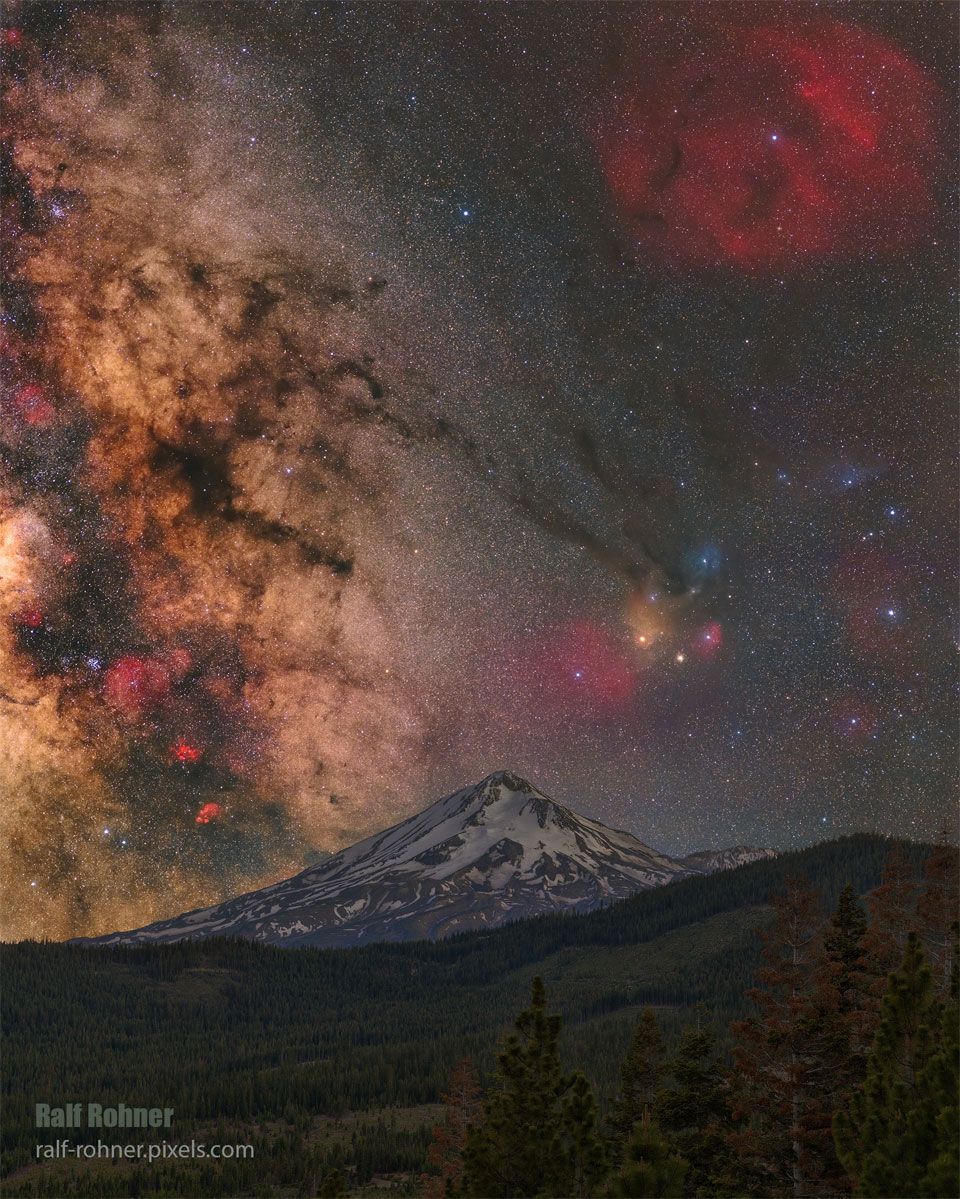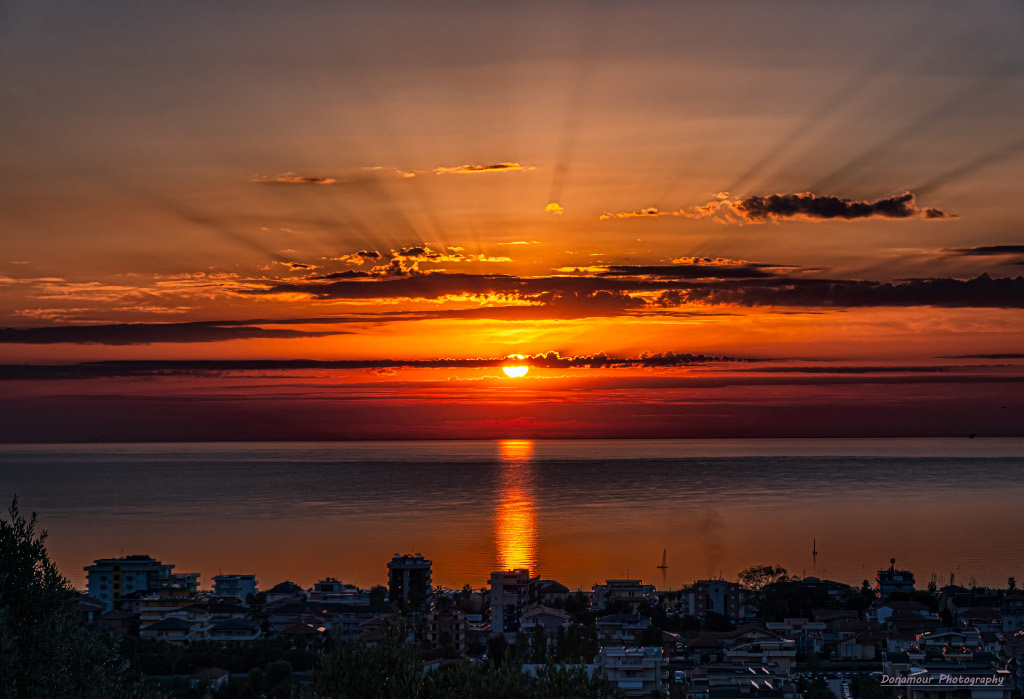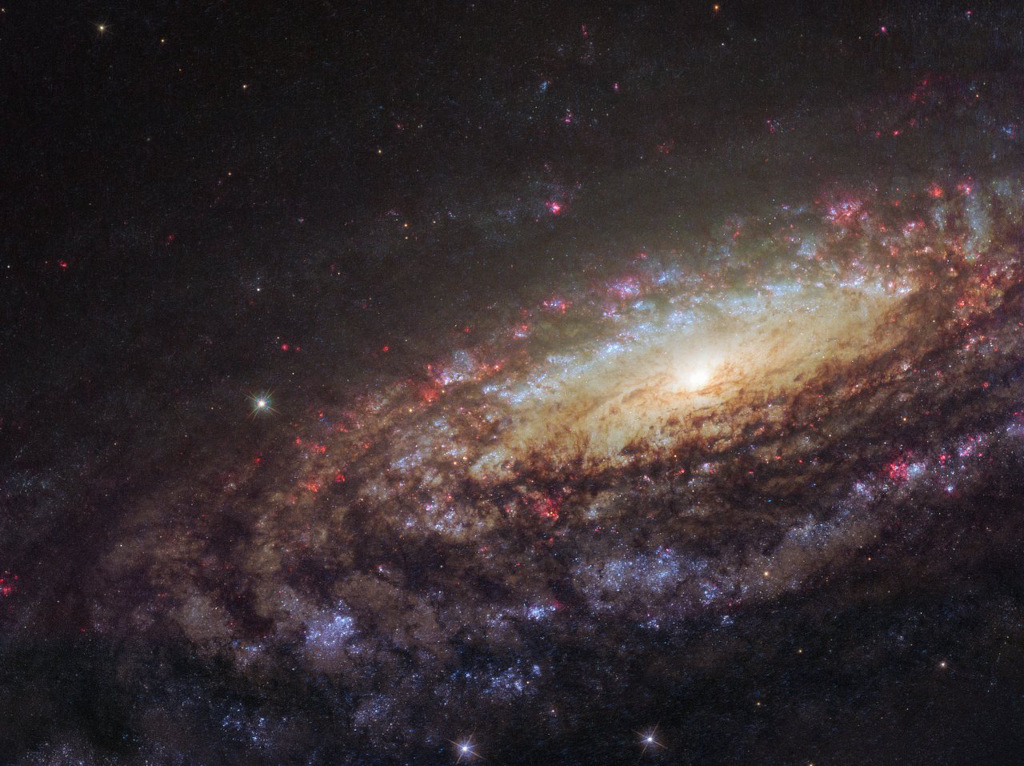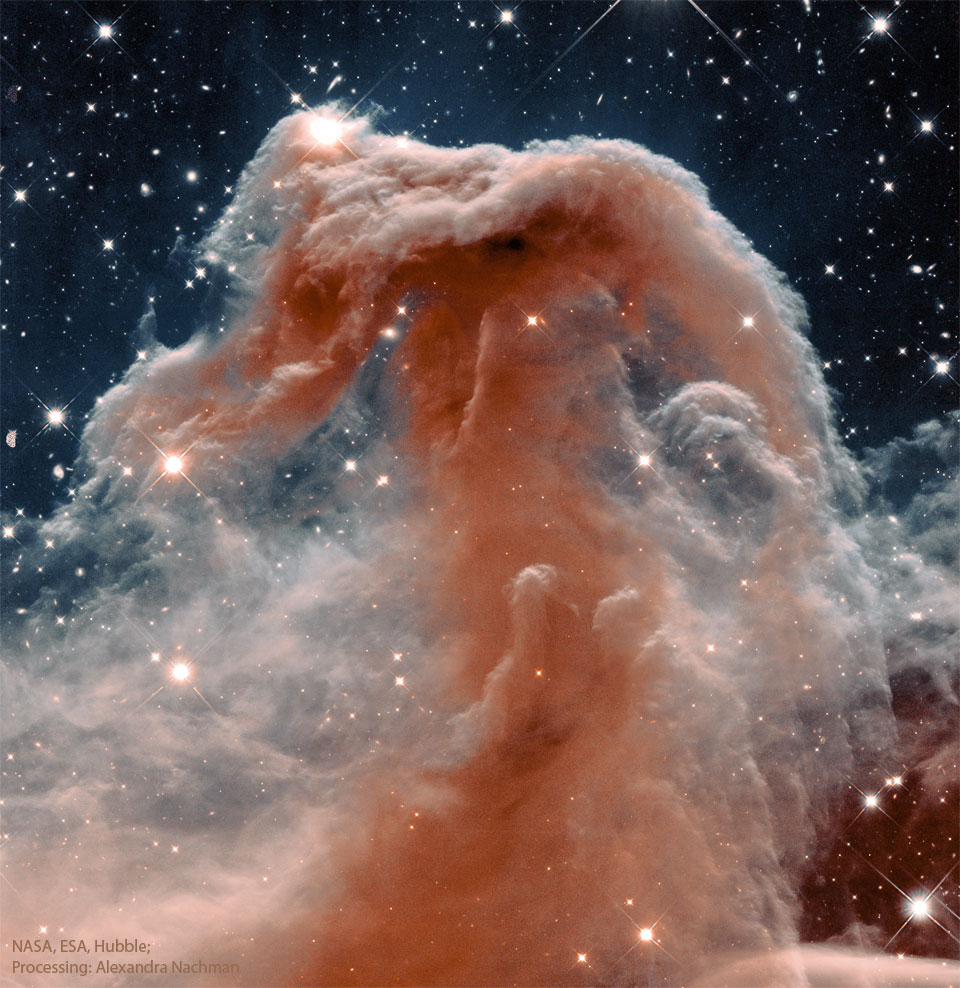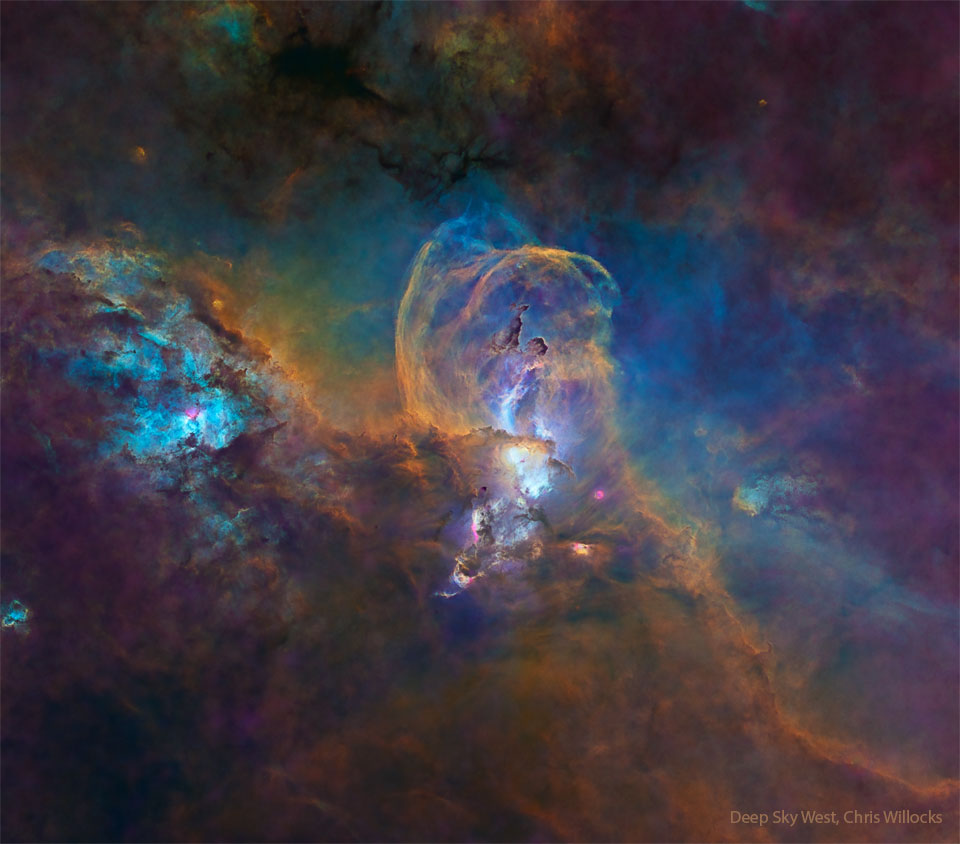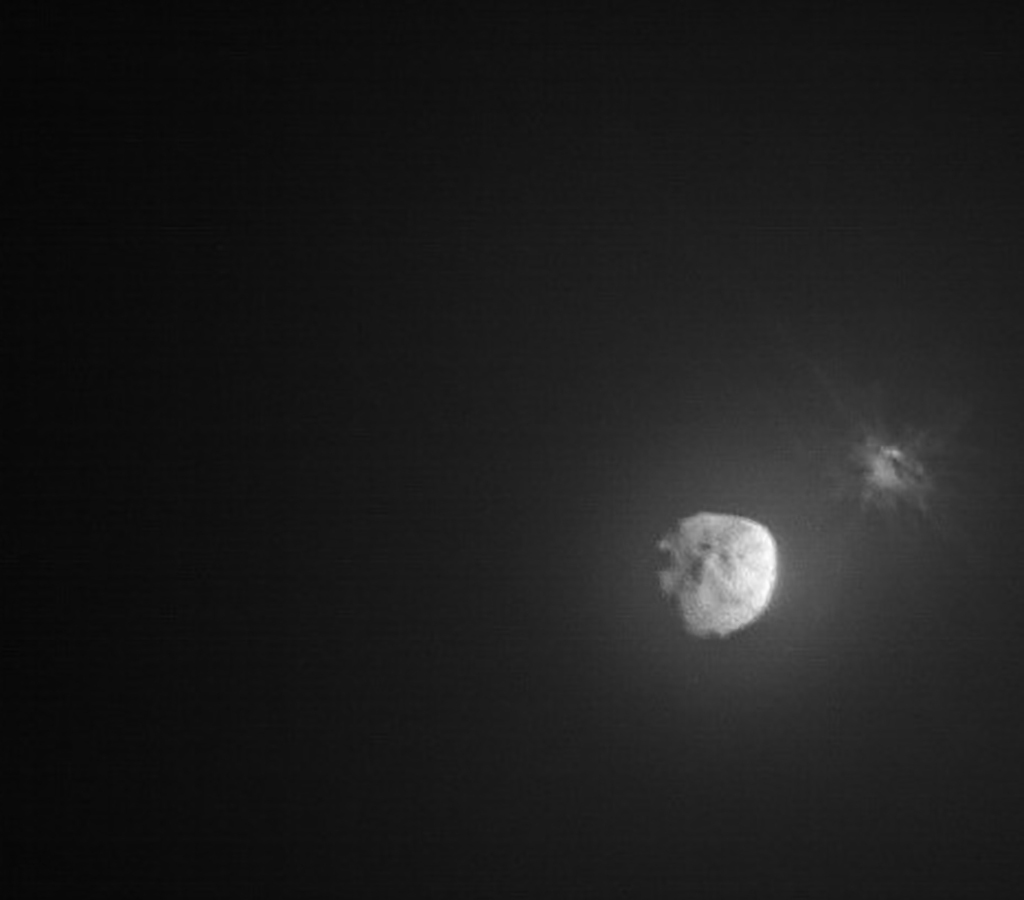
Fifteen days before impact, the DART spacecraft deployed a small companion satellite to document its historic planetary defense technology demonstration. Provided by the Italian Space Agency, the Light Italian CubeSat for Imaging Asteroids, aka LICIACube, recorded this image of the event’s aftermath. A cloud of ejecta is seen near the right edge of the frame captured only minutes following DART’s impact with target asteroid Dimorphos while LICIACube was about 80 kilometers away. Presently about 11 million kilometers from Earth, 160 meter diameter Dimorphos is a moonlet orbiting 780 meter diameter asteroid Didymos. Didymos is seen off center in the LICIACube image. Over the coming weeks, ground-based telescopic observations will look for a small change in Dimorphos’ orbit around Didymos to evaluate how effectively the DART impact deflected its target. via NASA https://ift.tt/TkH5Qts
